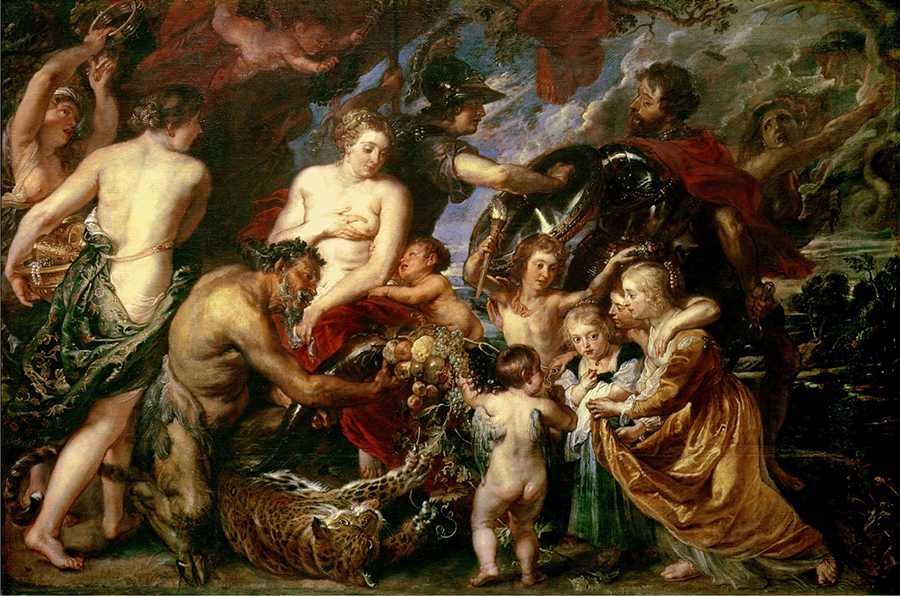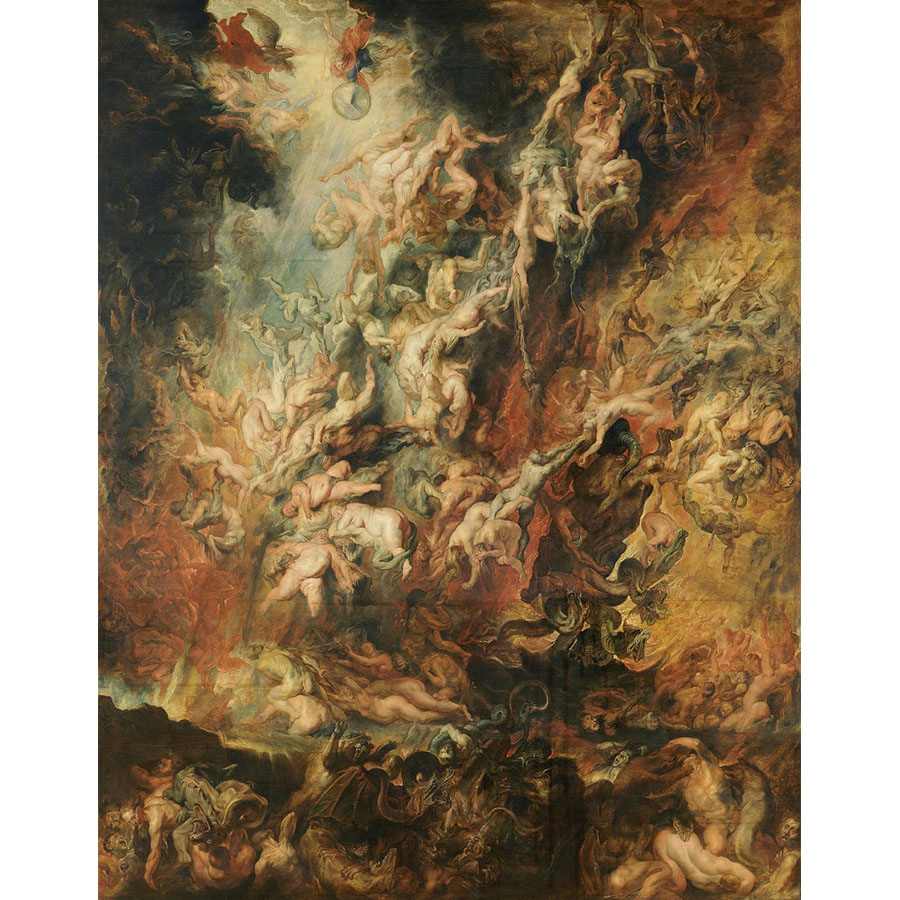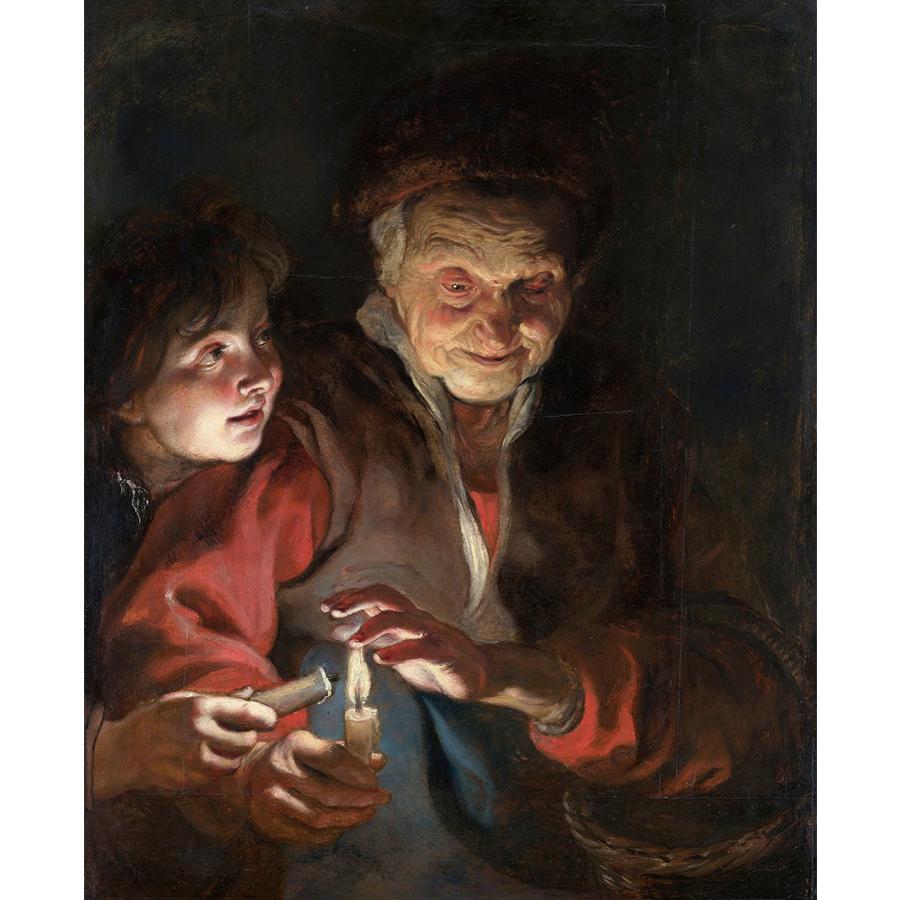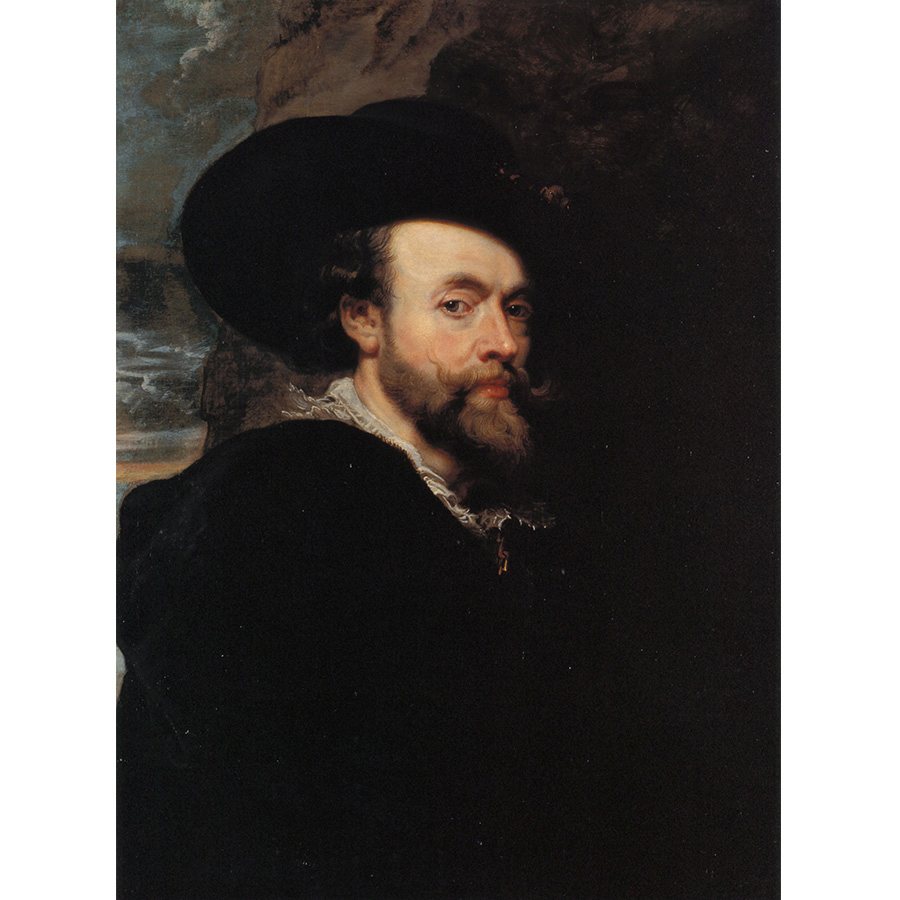[New Sancai Compilation First Edition] Sir Peter Paul Rubens (1577-1640) was an artist and diplomat from the Duchy of Brabant (now Belgium) in the south of the Netherlands. Rubens' paintings have a strong Baroque style, emphasizing movement, color and sensuality. Rubens is best known for his Counter-Reformation altarpieces, portraits, landscapes, and historical paintings of myths and allegories.
In addition to running a large studio in Antwerp and producing paintings that were popular with European aristocrats and art collectors, Rubens was also a classically educated humanist scholar and diplomat who was admired by Philip IV of Spain. (Philip IV) and Charles I of England were knighted. Rubens was a prolific artist, painting at least 1,403 works.
His commissioned works were mostly historical paintings, including religious and mythological themes, as well as hunting scenes. He painted portraits including self-portraits and portraits of friends, and also painted several landscapes in his later years. Rubens also designed tapestries, prints, and his own house. He wrote an illustrated book, The Palaces of Genoa (Palazzi di Genova), published in 1622. had an impact in Northern Europe. Rubens was an avid art collector and art dealer, best known for selling numerous works of art to George Villiers, the 1st Duke of Buckingham.

△ "Adoration of the Magi". Painted by Rubens.

△ "Peace and War" (Minerva Protecting Peace from Mars). Painted by Rubens

△ "Fall of the Damned". Rubens's 3-meter-long canvas is filled with angels expelled by the archangel Michael. They are no longer winged angels, but creatures headed straight for hell.

△ "Old Woman and Boy with Candles". Painted by Rubens.

△ "Portrait of the Artist". Painted by Rubens.
(Author: Staff Middle Land)
(Compiled by: Bai Ding)
(Editor: Jiang Qiming)
(Source of the article: Compiled and published by New Sancai)
